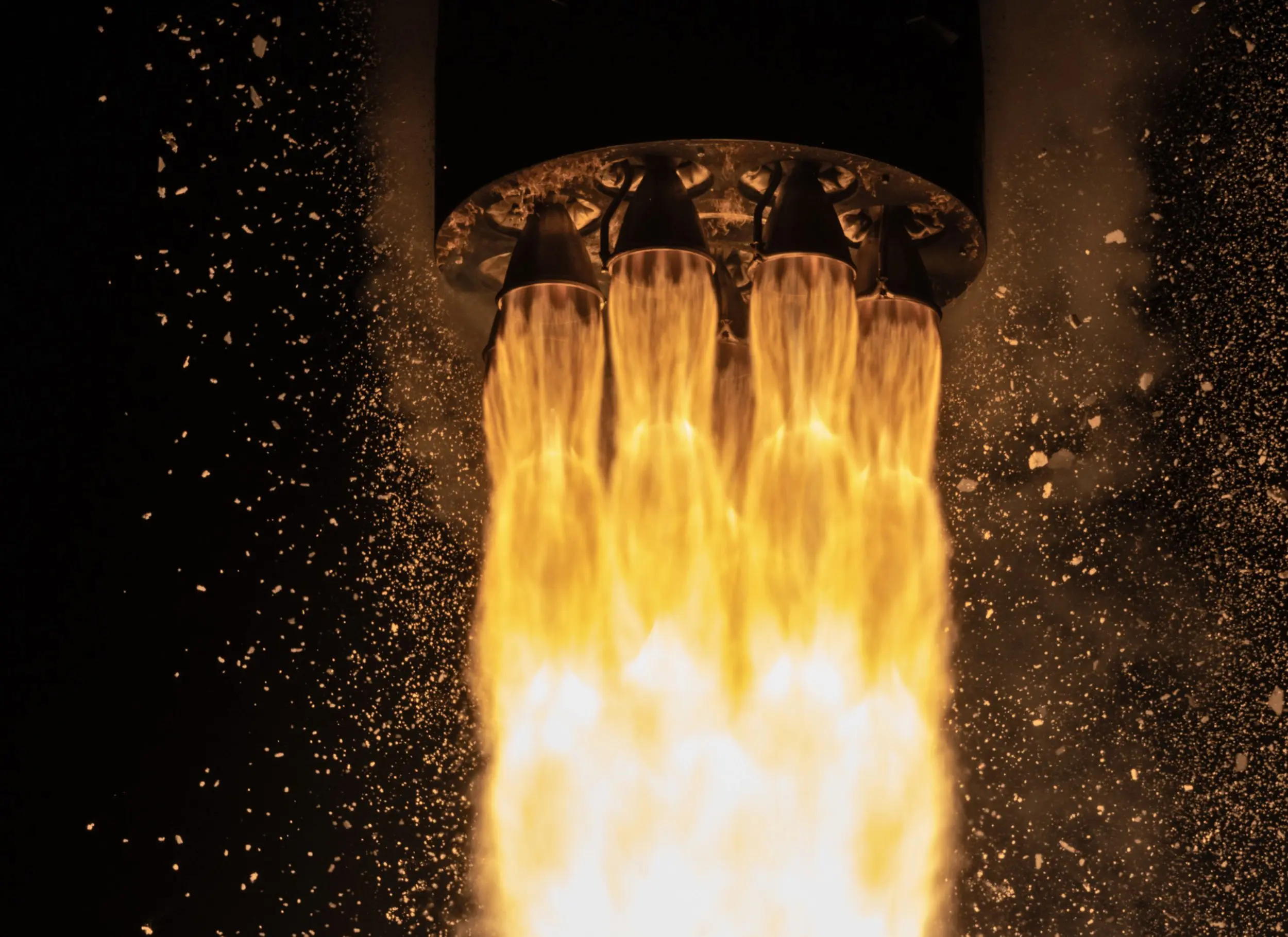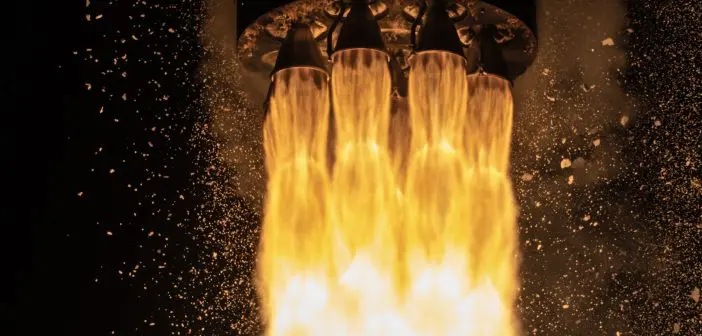
In what will be a first, two separate space launches may take place within days of each other in Australia and New Zealand in mid-May. Gilmour Space is opening its launch window on May 15, 2025, and Rocket Lab plans to send its Electron rocket into orbit on May 18.
Never before have two private space companies or government agencies scheduled orbital rocket launches so closely together in the region. Indeed, other than Rocket Lab’s regular tempo of launches from its spaceport on New Zealand’s North Island, orbital (and sub-orbital) rocket launches in this part of the world are relatively rare.
Gilmour Space & Rocket Lab gear up for launches
Earlier this week, Gilmour Space said they had finally received airspace management approval from Australia’s Civil Aviation Safety Authority. “Subject to final clearance from the Australian Space Agency, we’re targeting a launch window of no earlier than May 15, 2025, for the maiden test flight of our Eris orbital launch vehicle,” a statement from the company reads.
Given it is a maiden test flight, Gilmour Space has played down expectations their Eris rocket will make it into orbit. Gilmour Space CEO Adam Gilmour says it is “almost unheard of for a private rocket company to launch successfully to orbit the first time.” He says what’s important is the launch and collecting data while the rocket remains in flight.
“Every successful rocket company has faced setbacks in their early attempts,” he said. “SpaceX made it on their fourth attempt.”
Rocket Lab has more experience under its belt. The May 18 launch from their spaceport on New Zealand’s Mahia Peninsula will be their 64th Electron rocket launch and fifth this year. The rocket will ferry iQPS SAR-10 satellites into orbit.
Rocket Lab is an example of what Gilmour Space could become – an Antipodean-born space launch company that makes the leap into the big league. The company is now listed on the Nasdaq and is the second-largest private launch company in the US after SpaceX.
The burst of space activity in the region closely follows the re-election of the Labor Party in Australia. In its previous three year term, the Labor Party distinguished itself by its disinterest and lack of investment in space. During the election campaign, neither it nor the opposition Liberal-National Coalition released or mentioned a space policy. Successive governments have left the heavy lifting to small private sector companies like Gilmour Space, Southern Launch, and Equatorial Launch Australia.
Authorities take their time
Earlier this year, Adam Gilmour took a swipe at the tardiness of Australian government agencies in approving launches. “We’re ready to go,” he told Nine Entertainment. “We’ve been ready to go for a long time. I don’t think there’s ever been a completed launch vehicle waiting at the pad for a year, waiting for approval.”
Gilmour added that Elon Musk would have gone bankrupt if he were based in Australia and had to deal with that country’s space agencies.
The Australian Space Agency, which is responsible for licensing space launches in Australia and isn’t overwhelmed with work, defends its snail-like approvals process. “Operating a first-of-type orbital space launch vehicle is a complex undertaking, often involving unanticipated delays,” the ASA said.
If their final approval comes through on time, the weather holds up, and the May 15 launch takes place, the two Oceania launches so close together will form a footnote in global space history but a far bigger note in local space history.





